‘Britain’s fastest farmer’ swaps tractor for Porsche
Farmers Weekly
SEPTEMBER 13, 2023
Based just outside of Bath, in Somerset, Oliver White works alongside his dad and brother on the family farm, where they keep about 450 ewes and 150 beef cattle.

Farmers Weekly
SEPTEMBER 13, 2023
Based just outside of Bath, in Somerset, Oliver White works alongside his dad and brother on the family farm, where they keep about 450 ewes and 150 beef cattle.
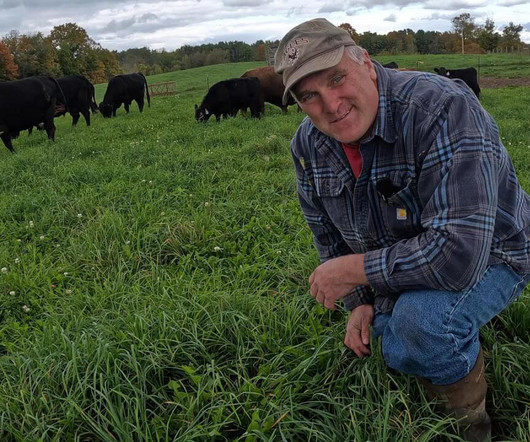
Modern Farmer
NOVEMBER 13, 2024
Just a Few Acres Farm in Lansing, NY has nearly 500,000 subscribers on YouTube, where seventh-generation farmer Pete Larson posts videos with titles like “The basics of cutting hay” and “Playing in the Dirt with Pregnant Pigs”. Pete Larson on his farm. Photography courtesy of Pete Larson and Just a Few Acres Farms.
This site is protected by reCAPTCHA and the Google Privacy Policy and Terms of Service apply.
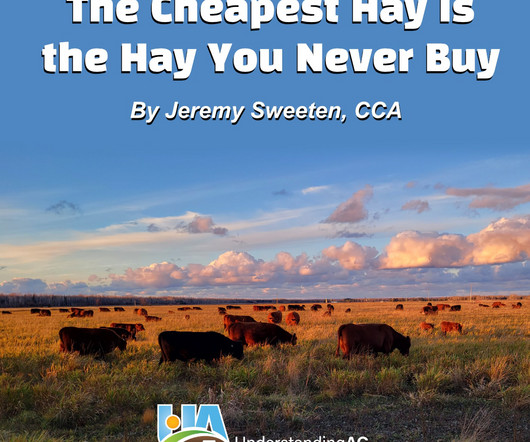
UnderstandingAg
DECEMBER 31, 2024
In the following discussion, I would like to share some thoughts on how to add net profit into a grazing operation, as well as share my own experiences reducing hay inputs with the grass-finished beef herd that roams across our northern Michigan family farm. Instead, lets talk about cattle and making money.
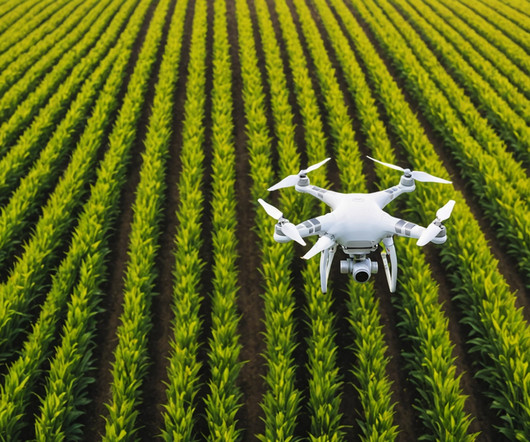
Farmbrite
DECEMBER 12, 2024
From precision farming techniques using GPS-guided tractors to the use of drones for crop monitoring, technology is transforming how farmers manage their land. The Small Farm Case Study A small family farm in the western U.S.
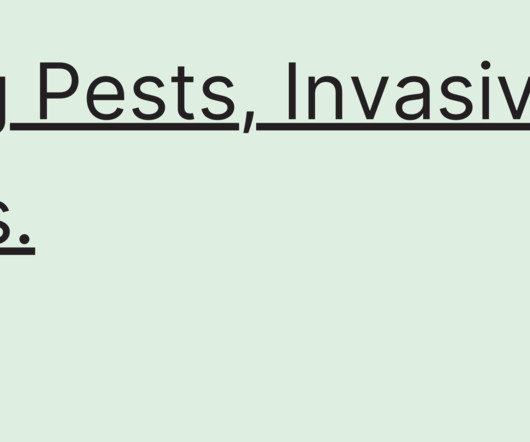
Modern Farmer
JUNE 6, 2024
Truth be told, cattle farmers are no fans of lupine. But on Mallonee Farms , a Washington State dairy farm , things are different. Combine or tractor harvesting destroys eggs and can even result in the deaths of birds. In most instances, farmers will spray the plant with herbicide and kill it.

Sustainable Food Trust
FEBRUARY 28, 2024
Worse still, many of them have invested large amounts of money in huge buildings to house factory farmed animals, and they are financially exposed with no alternative deployment for the infrastructure they have borrowed on. This is typical of quite a large number of farmers around here.
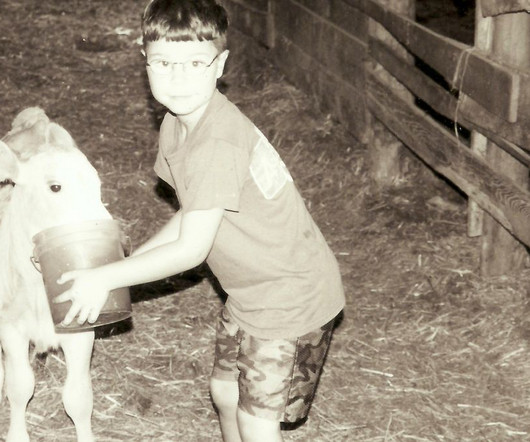
Daily Yonder
FEBRUARY 16, 2024
My parents both worked full-time off the farm. We raised a small herd of cattle on the farm, as well as the hay to feed them through the winter. And when I was in high school, around 2009, I started a community garden on our farm called “Project: Plant a Seed.” A childhood photo from the family farm.
Let's personalize your content